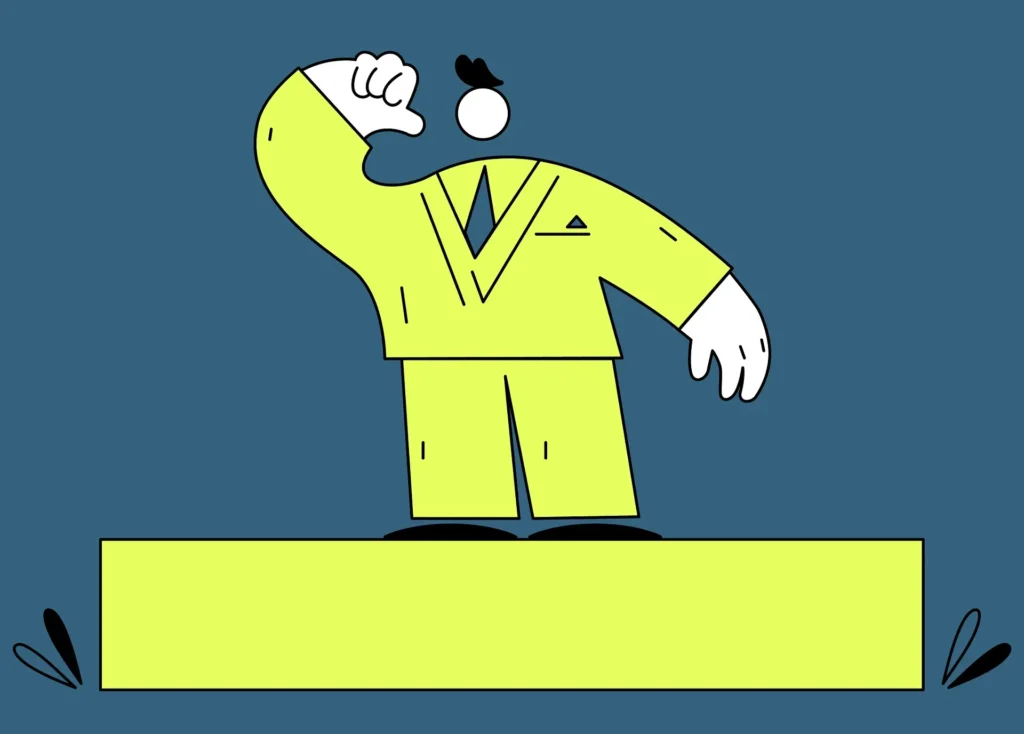Startups in crowded categories should lead with brand.
There are many wake-up calls for the founders of startups. One of the more difficult realizations comes fairly early into your journey; the day you wake up and discover that despite your unique, disruptive offering, you have plenty of company.
When you first started, when you made your investor pitch and got that angel round, you thought you were so far ahead, there was no category to contain you. But while you’ve been heads down, looking for funding, hiring people, grinding out product, and trying to get customers, a crowded category has grown up around you. A category confused by the raucous babble of competing voices.
And you are one of many logos in a messy Lumascape.
We frequently encounter startups with this problem. Smart people who’ve invented a product and founded a company. They’re forced to wonder, “How do I stand out in a category where everyone sounds the same? Where every company claims to be a platform, SaaS, or the “Uber” of x. Where there are no leaders and no standards. And noise. Lots of noise.”
Welcome to reality.
You’re not the first founder to wake up in a new world and find out that you are not alone. But take it in stride. This is a sign that it’s time to lift your head up and take stock. It’s time to see where your brand fits in your hyper-competitive, hyper-fast, hot mess of a category.
Start by taking a deep breath and taking one step back from your business. Pause and assess. Hint: you’re not going to find the answer in the features and benefits of your product. It’s time to invest in your brand. It’s the one step that will help your business take ten steps forward.
The founders who come to us know they have a problem, but aren’t always as clear about how to solve it. Sometimes they ask for what they believe will solve their problem, like a new logo. A new logo is nice. It makes you feel better. But it won’t set you apart. A logo, by itself, is not enough. You need a brand for that. Not just a brand, but a meaningful brand that stands out. And for that, you need a brand strategy that stands out, too.
Why invest in your brand?
Using the rigor of a brand strategy will help elevate your brand, nail your positioning, crystalize why your brand matters, and enable you to go to market in a more aspirational, emotional, and meaningful way that will showcase a company that knows who it is, knows what it’s trying to do in the world, and knows what it stands for. These are the brands that have an easier time differentiating and standing above the competition.
Founders who take the time to develop a meaningful brand strategy are the ones who will be running the companies that survive the early days and become leading brands in their categories.
Additional reading on how to differentiate your startup: 6 Reasons Why a Startup Should Invest in Brand Strategy at the Very Beginning
Emotive Brand is a San Francisco branding agency that works with high-growth startups.




